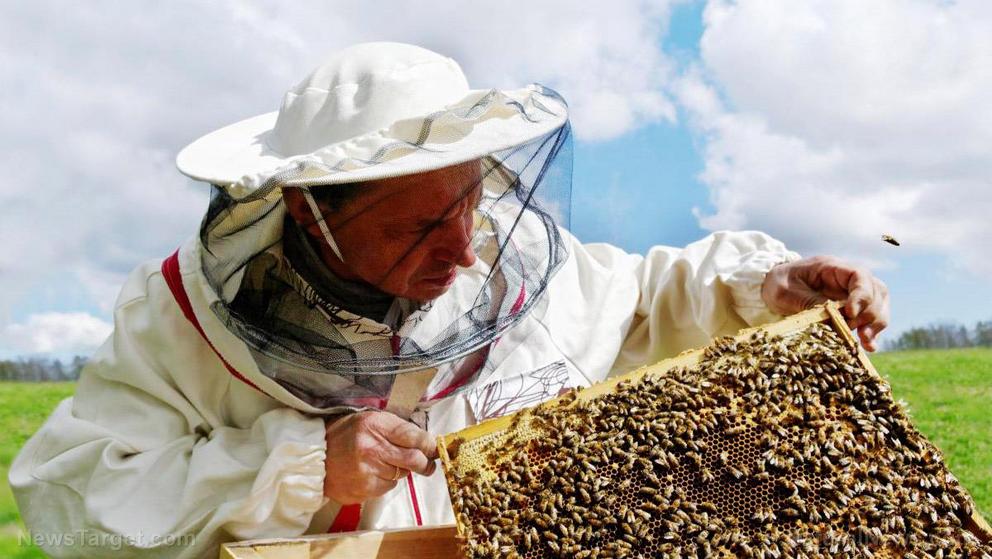Pesticides have made agriculture 48 times MORE toxic to insects in the past 25 years… what’s it doing to your food?
In case you had any doubt how dramatically pesticides are harming our environment, one recent study found that pesticides have made agriculture a remarkable 48 times more toxic to insects over the past quarter century.
This incredible decline in such a relatively low amount of time is due in no small part to the contribution of a class of pesticides known as neonicotinoids, or neonics. These pesticides are found on more than 140 crops, including apples and rice, but they’re most persistent on crops like corn and soybeans because they are used to coat the seeds of such crops.
The study looked at how neonics have affected crops in America since their introduction. Researchers have long expressed concern about their effects, particularly on bee populations. They looked at three types of data for their study: the amount of pesticides used in the country, data on the toxins that are found in honeybees, and the persistence of pesticides within the environment.
They concluded that neonics were responsible for 92 percent of the increase in toxicity seen between 1992 and 2014. A big part of their danger comes from the fact that they can take years to wear off and they can accumulate as well.
They are also systemic, which means they dissolve and are absorbed by the crop. This means it gets into every last part of the plant, and washing won’t do anything to lessen its presence.
Neonics attack the nerve cells of insects, and they either kill them directly or compromise their behavior in a way that shortens their lifespan. They were developed after insects started developing immunity to previous pesticides and are incredibly toxic.
After neonicotinoids started being used widely in the early 2000s, beekeepers began reporting strange behavior from bees, including trouble navigating and weaker immune systems. It took years of analysis to connect their behavior and mass bee die-offs to the use of systemic pesticides like neonics.
One commercial beekeeper explained how mass bee killings occur during corn planting as the dust comes off the seed of the corn and drifts onto nearby flowers, rendering them toxic and capable of killing bees instantly.
Last year, a study found that beekeepers lost 40 percent of their honeybee colonies during the previous year. This is hugely concerning when you consider that bees pollinate three quarters of all crops.
Neonicotinoids are also killing birds
Studies have also shown that neonicotinoid insecticides are behind the serious decline in bird biodiversity that has been observed in the U.S., where the overall bird population has dropped by nearly a third since 1970 and grassland birds have declined by 53 percent.
That study, which was carried out by researchers from the University of Illinois, showed the devastating effects these pesticides are having on birds, especially grassland birds. According to their calculations, an increase of 100 kilograms in neonic use per county equated to a 2.2 percent drop in grassland bird concentrations and 1.6 percent drop in insectivorous birds; the same amount of non-neonic pesticide usage was linked to a 0.05 decline in grassland birds and 0.03 percent in insectivorous birds.
The scientists report the pesticides are damaging the birds when they consume treated crop seeds and indirectly through the insects they feed upon.
Although the European Union has banned some of the most toxic neonics following a scientific risk assessment, the U.S. has not been as quick to take action. The EPA did ban a handful of these pesticides, but many others remain on the market and in wide use, putting birds and honeybess – and in turn, our food supply – at major risk.
For full references please use source link below.

